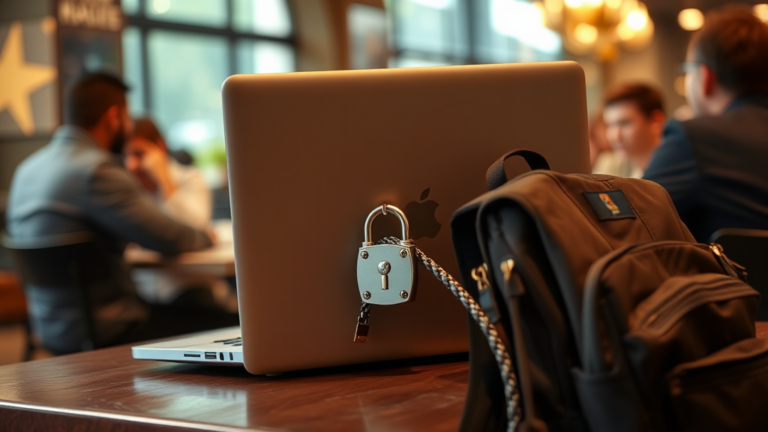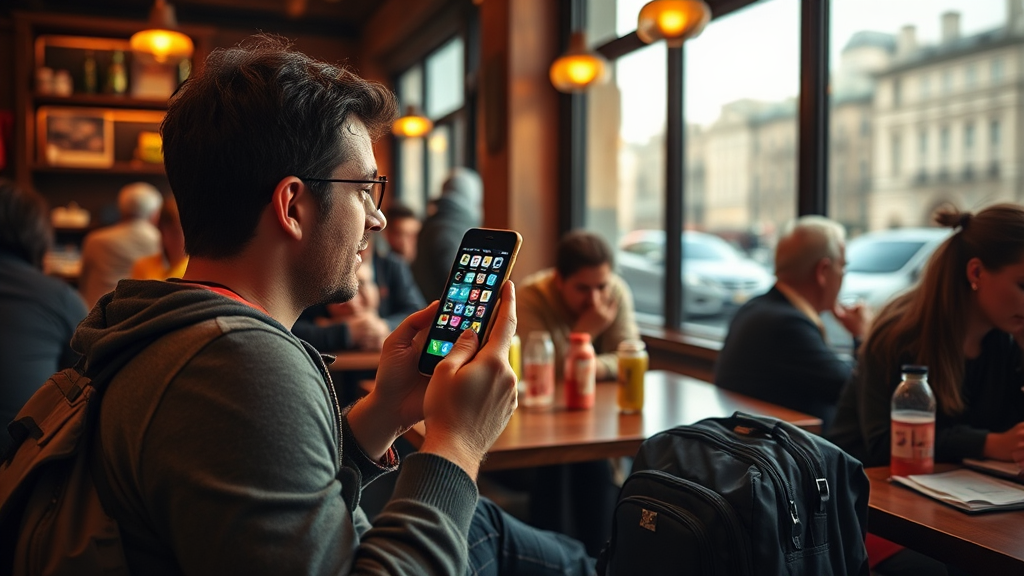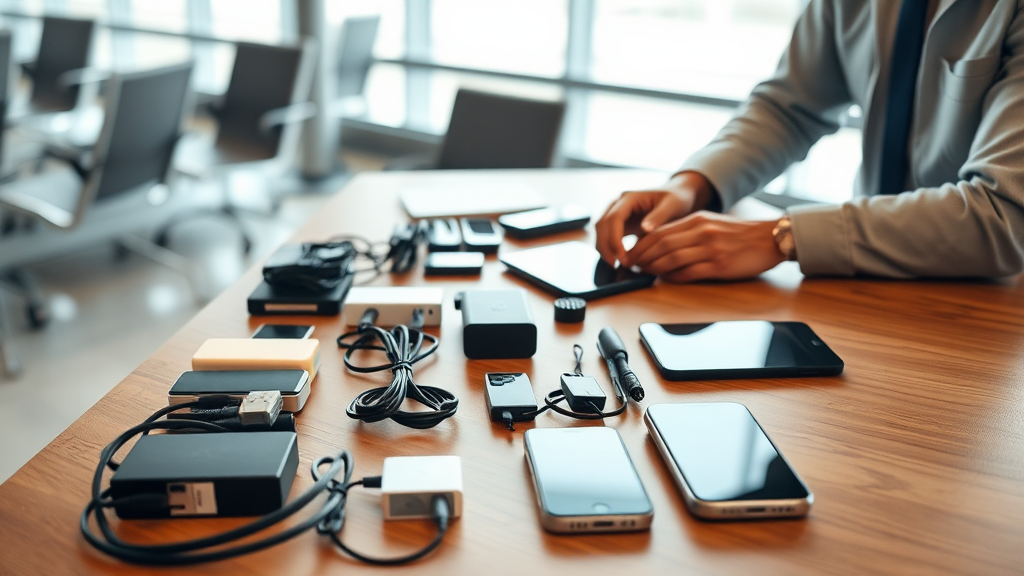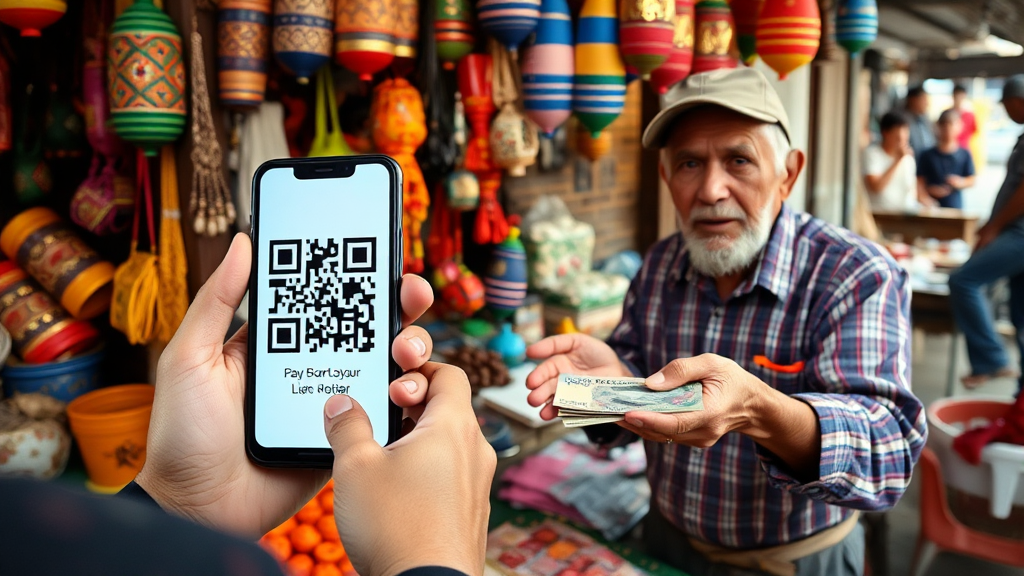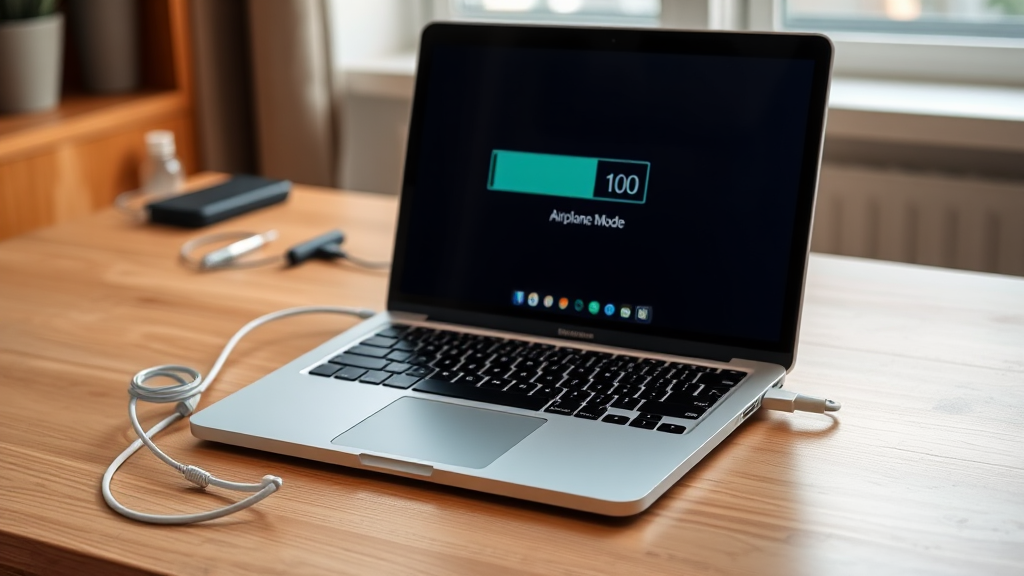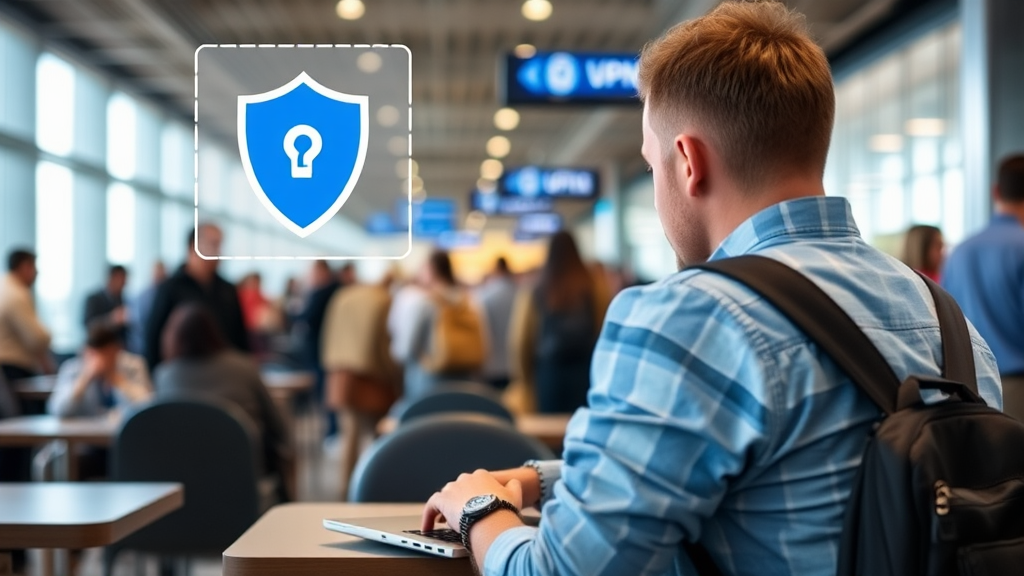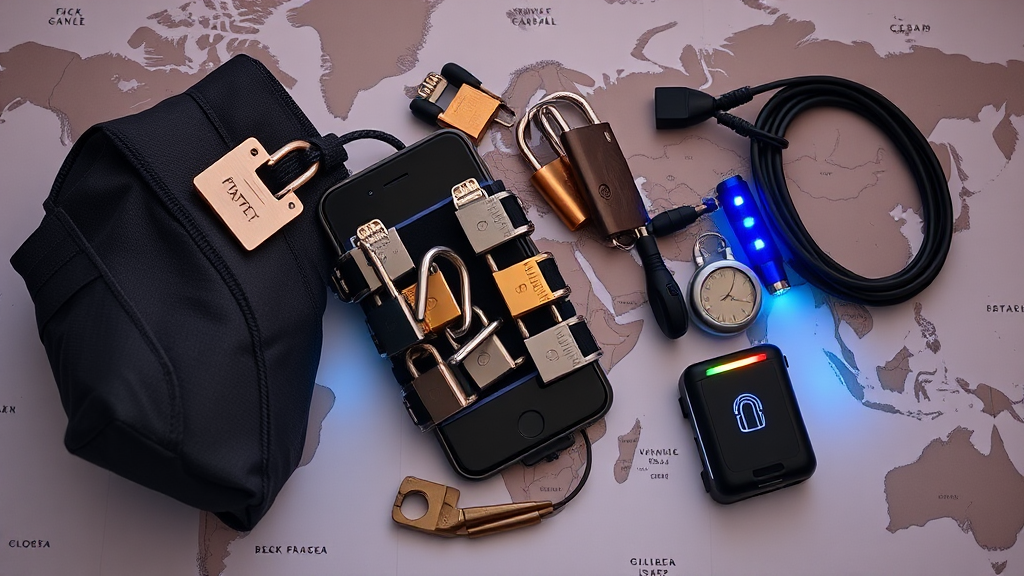Laptops contain our most sensitive information. Using them in public spaces poses unique risks. This quick guide offers practical tips to keep your device and data safe while working remotely.
Understanding the Risks of Public Computing
Public Wi-Fi networks are often unsecured, making them prime targets for cybercriminals. Visual hacking, where someone looks over your shoulder, is another common threat in crowded spaces.
Theft of devices left unattended, even briefly, remains a significant concern. Understanding these risks is the first step in protecting your laptop and data.
Common Public Computing Threats:
- Unsecured Wi-Fi networks
- Visual hacking (shoulder surfing)
- Physical theft of devices
- Malware and virus infections
Essential Physical Security Measures
Laptop locks are a simple yet effective deterrent against theft. These cable locks secure your device to a fixed object, making quick grabs difficult.
Always maintain visual contact with your laptop. If you must step away, even for a moment, take it with you or entrust it to a trusted companion.
Physical Security Checklist:
- Use a laptop lock when working in public
- Never leave your device unattended
- Opt for inconspicuous laptop bags
- Enable device tracking software
Strengthening Your Digital Defenses
Virtual Private Networks (VPNs) encrypt your internet connection, shielding your data from prying eyes on public networks. Choose a reputable VPN service for optimal protection.
Enable two-factor authentication (2FA) on all your accounts. This extra layer of security helps prevent unauthorized access, even if your password is compromised.
Digital Security Best Practices:
- Use a VPN when connecting to public Wi-Fi
- Enable 2FA on all accounts
- Keep your operating system and software updated
- Use strong, unique passwords for each account
Privacy Screens and Visual Security
Privacy filters are thin, adhesive screens that limit the viewing angle of your display. They prevent visual hacking by making your screen appear dark to anyone not directly in front of it.
Be mindful of your surroundings. Position yourself with your back to a wall when possible, and avoid accessing sensitive information in crowded areas.
Visual Security Tips:
- Apply a privacy filter to your laptop screen
- Sit with your back to a wall when possible
- Use password managers to avoid typing sensitive information
- Be cautious when accessing confidential data in public
Securing Your Device’s Physical Safety
Laptop theft remains a significant threat in public spaces. Implementing robust physical security measures is crucial for protecting your device and data.
Laptop locks are an effective deterrent against opportunistic thieves. These cable-based devices secure your laptop to a fixed object, making quick grabs nearly impossible.
Physical Security Best Practices:
- Use a laptop lock when working in public areas
- Never leave your device unattended, even for a moment
- Opt for inconspicuous laptop bags to avoid drawing attention
- Enable device tracking software for recovery in case of theft
Protecting Your Data with Encryption
Encryption is a powerful tool for safeguarding your sensitive information. It scrambles your data, making it unreadable to unauthorized users.
Full-disk encryption protects all the data on your laptop, not just specific files. Most modern operating systems offer built-in encryption tools like FileVault for macOS or BitLocker for Windows.
Encryption Tips:
- Enable full-disk encryption on your laptop
- Use encrypted cloud storage services for sensitive files
- Encrypt individual files and folders for an extra layer of protection
- Consider using encrypted email services for confidential communications
Maintaining Software and System Updates
Keeping your software and operating system up-to-date is essential for security. Updates often include patches for newly discovered vulnerabilities.
Enable automatic updates whenever possible. For software that doesn’t offer this feature, set a regular schedule to check for and install updates manually.
Update Best Practices:
- Enable automatic updates for your operating system
- Regularly update all installed software, especially security tools
- Be cautious when updating software on public Wi-Fi networks
- Consider using a patch management tool for multiple devices
Backing Up Your Data Securely
Regular backups are your last line of defense against data loss. They protect your information from theft, hardware failure, and accidental deletion.
Use the 3-2-1 backup strategy: Keep three copies of your data, on two different types of storage media, with one copy stored off-site or in the cloud.
Backup Recommendations:
- Use cloud storage services with strong encryption for off-site backups
- Encrypt local backups stored on external hard drives
- Set up automatic, scheduled backups to ensure consistency
- Regularly test your backups to ensure data can be restored
Conclusion
Protecting your digital life on the go requires a multi-faceted approach. By implementing strong physical security measures, using encryption, keeping your software updated, and maintaining regular backups, you significantly reduce the risk of data loss or theft.
Remember, security is an ongoing process. Stay informed about new threats and continuously adapt your practices to keep your digital life safe, no matter where you work.

